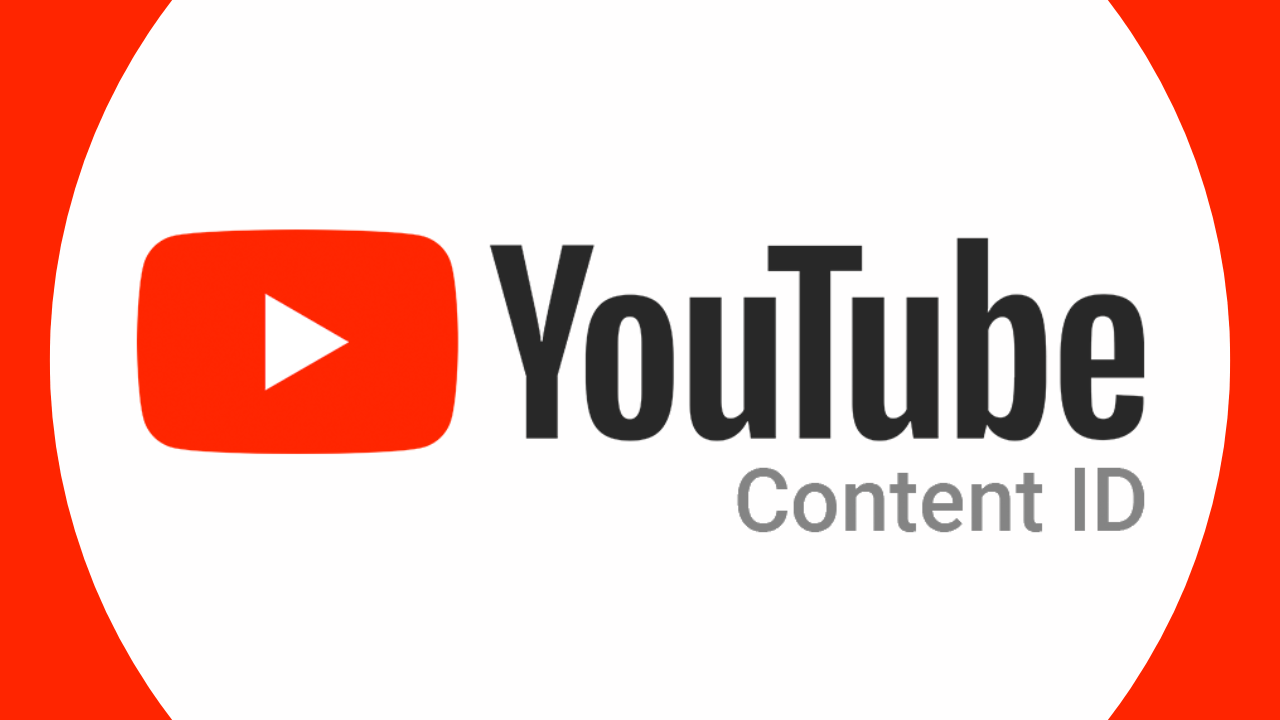🎯 What is YouTube Content ID Policy?
YouTube Content ID policy is the set of rules or actions that a rights holder chooses to apply when their copyrighted content (music/video) is detected in another user’s video on YouTube.
When a match is found through Content ID, the rights owner can apply one of the following policies:
https://support.google.com/youtube/answer/2797370?hl=en
https://support.google.com/youtube/answer/3244015?hl=en
https://support.google.com/youtube/answer/9245819?hl=en&ref_topic=9282364&sjid=4449518338949395876-NC
✅ Types of YouTube Content ID Policies
| Policy | What It Does | Example |
|---|---|---|
| Monetize | Allows the video to remain live but shows ads. Revenue goes to the copyright owner. | A vlogger uses your song in the background — ads show on their video and you get paid. |
| Track | Lets the video stay online without monetization, but provides viewership data. | You just want to track who is using your song but don’t want to earn money or block it. |
| Block | Prevents the video from being viewed in some or all countries. | You don’t want anyone to use your music at all — the video is blocked. |
📜 Content ID Policy is Applied Based On:
-
Territory (block/monetize only in specific countries),
-
Content type (music, video clip, full episode, trailer, etc.),
-
Usage type (full use, background use, remix, cover, etc.),
-
Ownership rights (whether the music is 100% owned, partially owned, or licensed).
🎵 What Kind of Music/Videos Can Be Used with Content ID?
To use YouTube Content ID, the content must meet strict ownership and originality requirements.
✅ Allowed for Content ID:
-
Original Music (100% owned):
-
You created the music yourself.
-
You own the master rights and the publishing rights.
-
You did not use any samples or beats from other creators without permission.
-
-
Fully Licensed Music:
-
You have exclusive rights or distribution rights from the artist or label.
-
You can show written proof of ownership/licensing.
-
-
Original Video Content:
-
You filmed or animated the video yourself.
-
No third-party visuals unless licensed.
-
-
Remixes or Covers (if cleared):
-
Only if you have permission or a license from the original copyright owner.
-
❌ Not Allowed for Content ID:
-
Third-party beats or samples without a license.
-
Stock music, non-exclusive beats, or royalty-free music (even if you paid for a license).
-
Public domain content (no one owns it — like Beethoven’s symphonies).
-
Content that is not 100% owned (co-owned without full permission).
-
Mashups, remixes, karaoke — unless fully licensed.
-
Licensed music from services like Epidemic Sound, Artlist, etc. — not allowed for Content ID.
🔒 Why These Rules Are Important
YouTube is very strict with Content ID to prevent abuse. If someone falsely claims content or uploads ineligible material:
-
They may get Content ID access revoked,
-
Face account termination or copyright strikes,
-
Damage their company or label’s reputation.
🏢 Example for Single Audio Distribution:
If your company wants to register a client’s music in YouTube Content ID, you must:
-
Ensure the artist owns 100% of the music or has signed an exclusive content agreement.
-
Do not upload non-exclusive or sampled tracks.
-
Use correct metadata (ISRC, titles, rights holder info).
-
Apply a monetization policy based on the client’s goals.
🎯 What is YouTube Content ID?
YouTube Content ID is YouTube’s automated copyright management system. It helps copyright owners like music labels, artists, and creators protect, track, and monetize their original content on YouTube.
📌 Key Features of Content ID:
-
Automatic Detection: Every time a video is uploaded to YouTube, it is scanned and compared to a database of copyrighted content (audio or video).
-
Digital Fingerprint: Your music or video is converted into a unique digital fingerprint, which YouTube uses to detect matches.
-
Policy Control: You (the rights owner) choose what happens when someone uses your content:
-
✅ Monetize (earn money from ads),
-
🚫 Block the video,
-
📊 Track it for analytics.
-
💡 Example:
You are an artist who owns a song. If someone uploads a video with your song as background music:
-
YouTube identifies the song through Content ID.
-
A claim is made on that video.
-
YouTube can automatically monetize that video for you (ads will run and you’ll earn revenue).
⚙️ How Does It Work?
-
Rights Holder Uploads Master Files to YouTube Content ID system.
-
YouTube Scans All Videos uploaded by users to find matches.
-
If a Match is Found, YouTube:
-
Applies the rights holder’s chosen policy (monetize, block, or track),
-
Reports the video in the CMS (Content Management System),
-
Generates royalties (if monetized).
-
🎵 Common Use Cases:
-
Music (songs, beats, instrumentals),
-
Video clips (TV shows, movies),
-
Visual content (animations, trailers),
-
Sound effects.
✅ Who Can Use Content ID?
Content ID access is typically only available to:
-
Major labels, distribution companies, and
-
YouTube Certified MCNs or CMS account holders, like Single Audio Distribution
Small artists usually need to go through a distributor to access Content ID.

